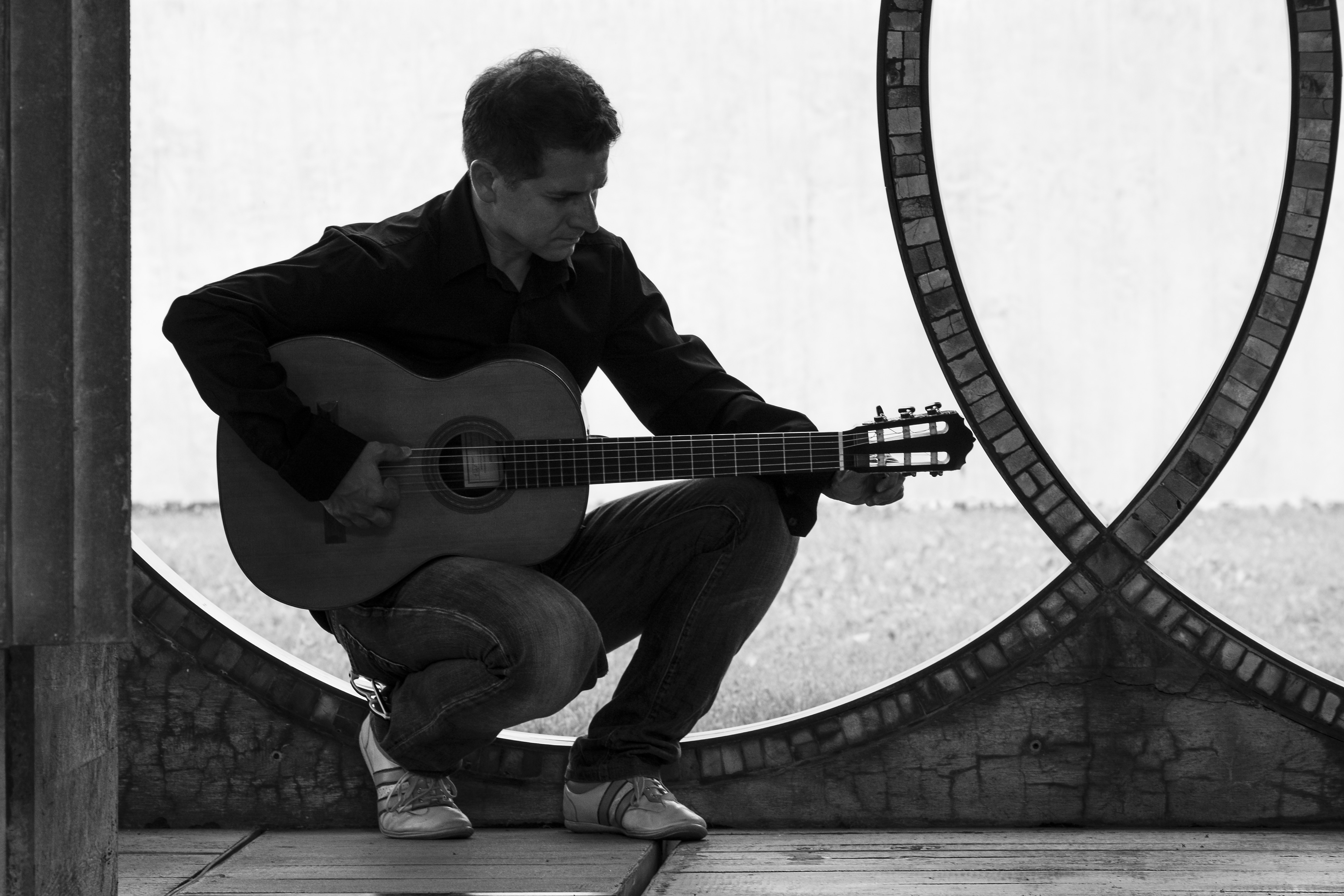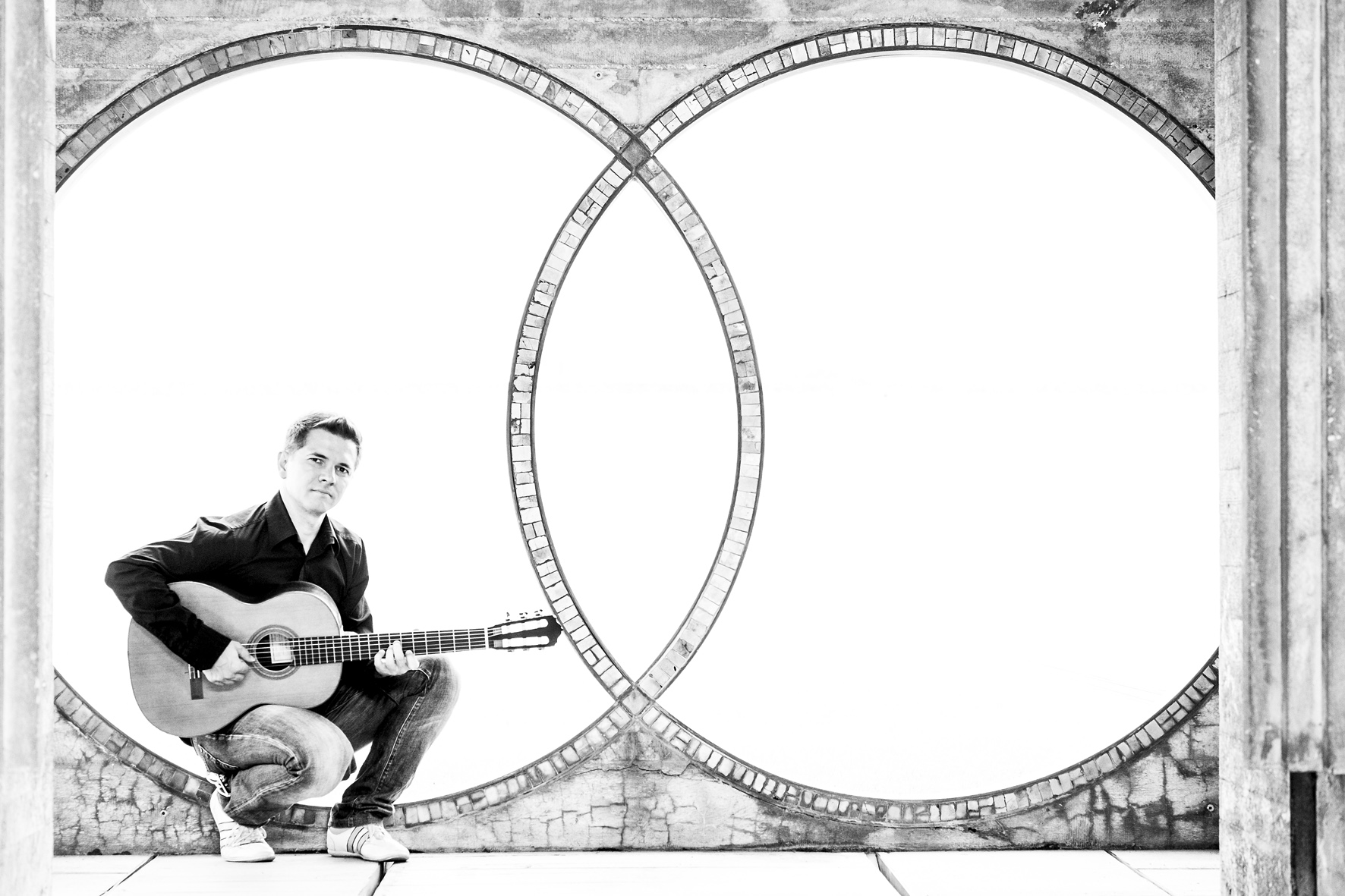PROJECTS
SOUND AND COLOR
Explaining a work barbarizes its contents, pushes it away, and renders it foreign to our souls. Providing a particular interpretation draws the listener in, and familiarizes one with what is still unknown.
At the heart of every creative intention (or creative act) is always an inner need that is in turn put in act by the pursuit of an ideal.
Myideal is identified in the belief that ideas, feelings and will (i.e. what one can think, feel and want) have a life of their own and exist in themselves, in a dimension infused with ours. They are present in everyday life, in a concrete way, even if tangibly and physically we do not have physical organs necessary to see them. Nevertheless, it cannot be denied that everyone is capable of sensing them.
It so happens that, when the artist is inspired (when coming into direct contact with the world of ideas), he or she is driven by an inner need to make tangible and to express an idea, is moved by the creative will, and puts his or her energy into finding an adequate form of expression to communicate that which is perceived. The artist's perception of an idea, feeling or will is presented in a synthetically merged dual form of sound and color. I call this unified form of sound and color, in which the idea is manifested or is realized, FONOCROMIA.
So, a fonocromatic work is nothing more than an attempt to reproduce, in a synesthetic way, that which was artistically conceived through a singular feeling within oneself. .
One can certainly argue that we do not have a particular sensory organ like the ear, that is capable of simultaneously perceiving sound and a color and, therefore, any art form, since these are senses that allow us to approach them, and that can be expressed only to satisfy sight or hearing. The coveted tetra-dimensional instrument that proponents of the "manifesto bianco" asked of scientists had not yet been invented.
But art is not a dogma, nor is it subject to the binding principles of science with which dogma is sometimes synonymous. Art is not paralyzed in the face of limitations imposed by the subject, but transcends them and defeats them by making the impossible possible, making available that which hasn't been lived. Art is devoted to human sensitivity, and human sensitivity has the uncanny ability to synthesize and to internalize how art communicates.
The soul, or that which in humans refers to the emotional, takes in this idea in a synthetic way. Ideas are collected, at the moment of inspiration, in the form of synthetic sound, color and movement. The soul is our true synesthetic organ. Then the spirit, or the rational part of the individual, processes the contents and prepares to express what the soul has taken in.
Just as the artist, through his soul, perceives the ideas and emotions in a synthetic way, it is through his spirit that he processes the contents and works towards their realization, dividing them where required, in their capacity as phenomenal elements, into distinct forms (sound and color), and in this way the viewer, adding his own sensitivity, brings it all back to his soul which, by means of a synaesthetic process of synthesis, rediscovers the original idea from which the artist set out.
The two arts of music and painting, both valuable in their own ways, can exist separately, however if born from a common idea, when combined they may not be regarded as a mere juxtaposition of one with the other, but are capable of generating that added value which most certainly leads us to the original matrix that generated them and, ultimately, to the center of creation.
The video is only available in Italian language.





